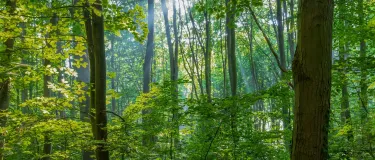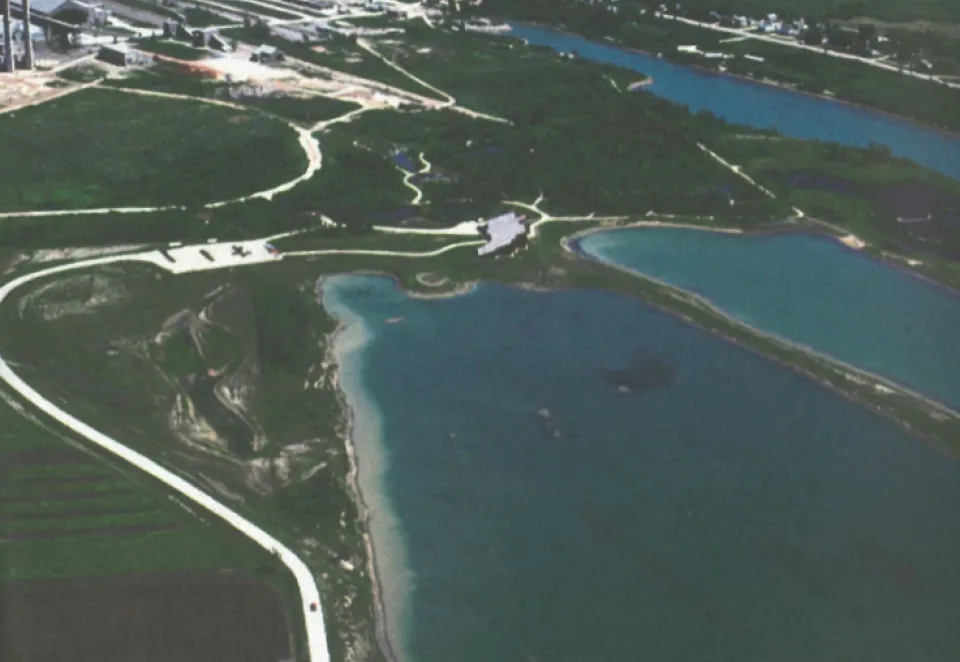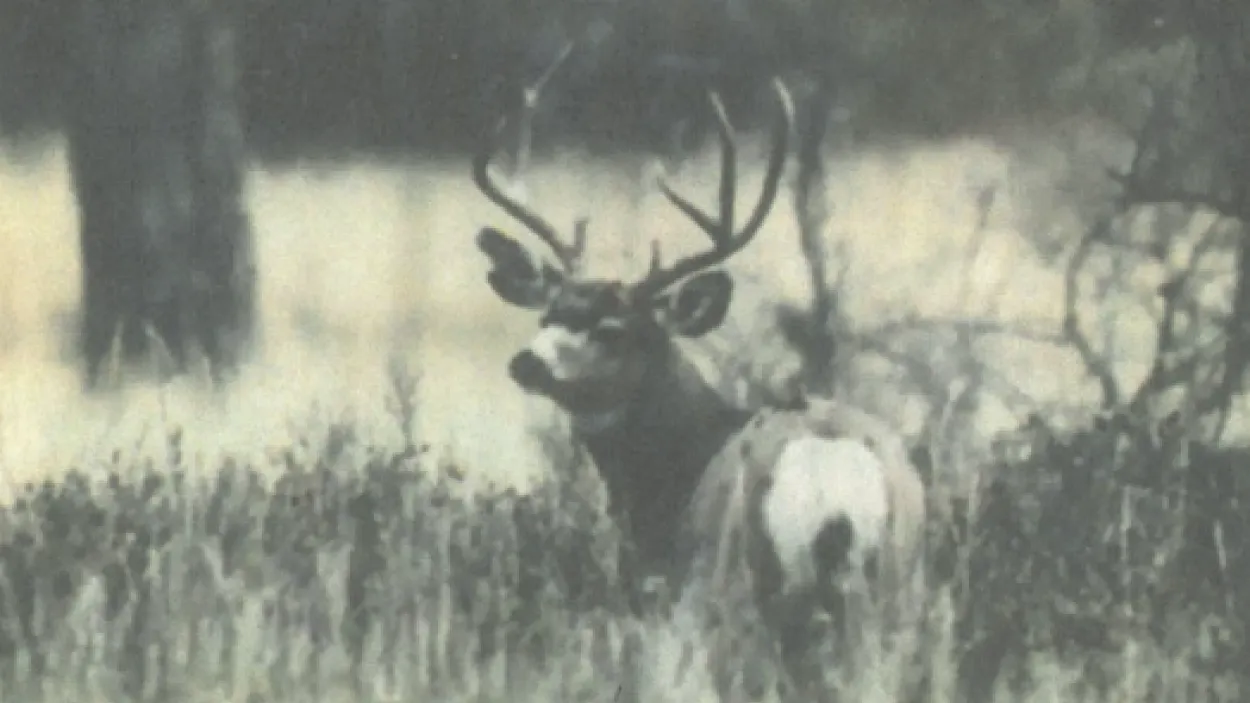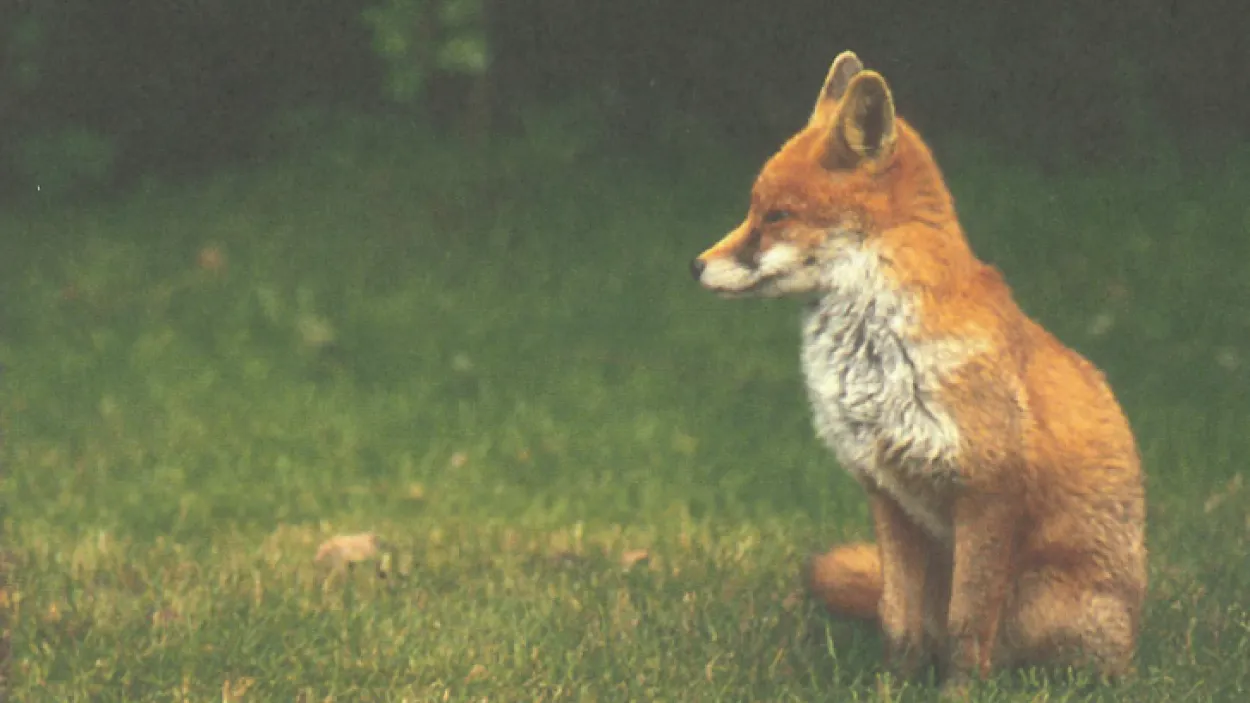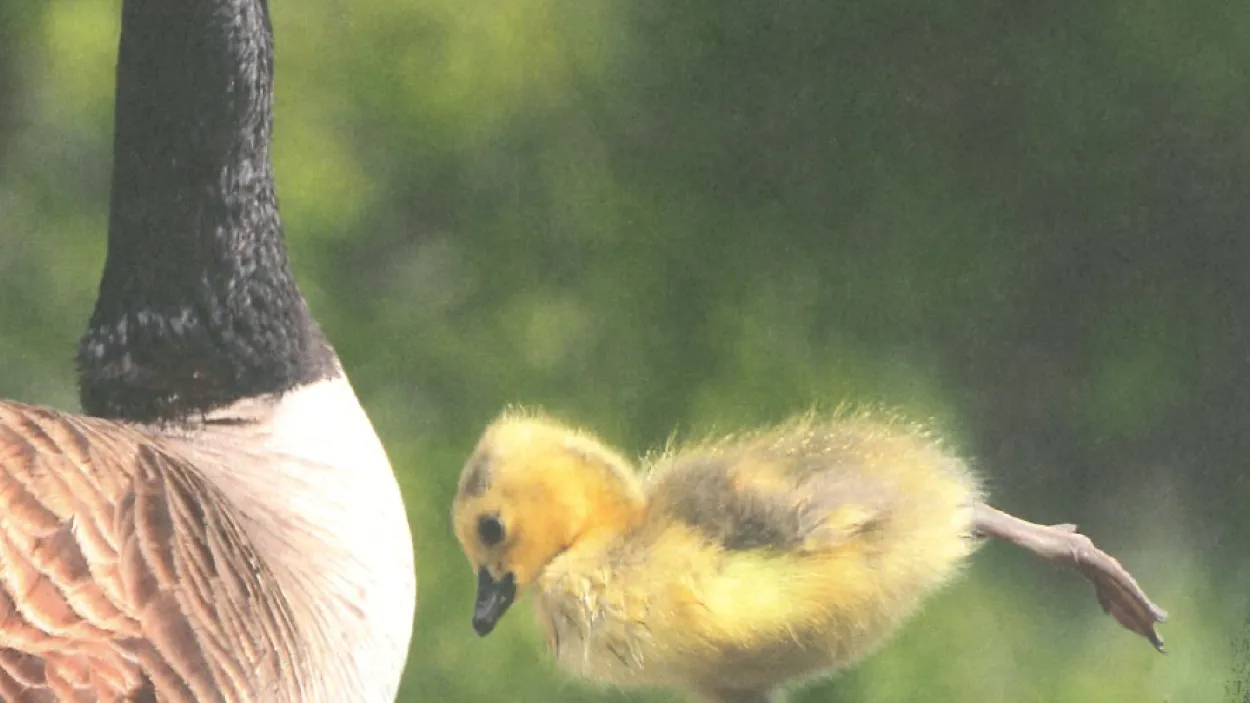Lafarge and FortWhyte Alive – A Relationship Centred Around Growth and Conservation
Sometimes, companies become enmeshed with causes, and a brief look at history would show how deep Lafarge's ties to FortWhyte Alive run. Rooted in a shared passion for environmental conservation, this relationship has evolved from modest beginnings into a significant force for good.
Foundations of a Strong Partnership
Lafarge Canada, then called Canada Cement, had been operating in Manitoba since 1911 and had built a thriving community on the outskirts of Winnipeg, providing housing and recreational facilities for its employees. The close-knit community felt like a small town, offering both comfort and convenience.
Using horse-drawn scrapers, steam shovels, and rail cars, Canada Cement excavated clay for cement production, leaving behind large pits that naturally filled with water, creating a series of lakes. These lakes quickly became a popular destination for local families, and Canada Cement would hold community events on-site for its employees, most of whom belonged to the local community.
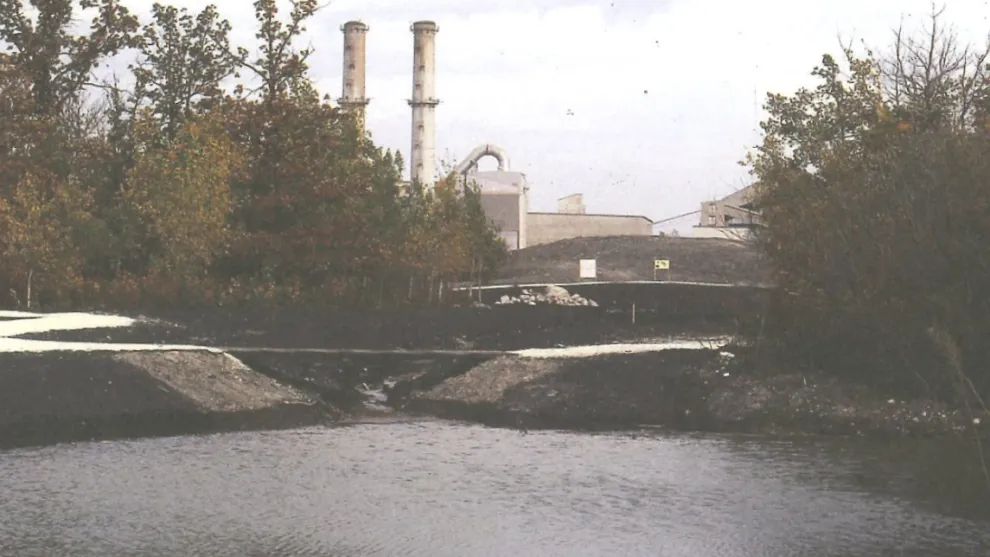
Credit: Human. Nature., The Fort Whyte Story
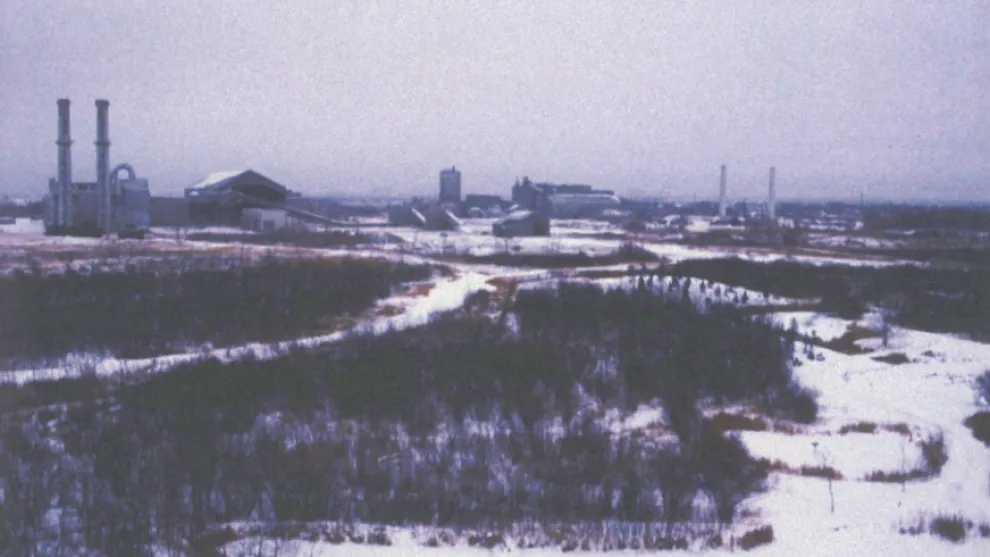
Formation of the Wildlife Foundation
In 1955, a group of Canada Cement employees formed a club for recreation and conservation projects. They believed that nature wasn’t meant to be fenced off but enjoyed, as long as it was enjoyed respectfully.
The club’s stock of mallards and Canada geese grew, and club members saw an opportunity to help grow the diminishing goose population. This, along with a growing interest from local schools wanting to visit, meant the club needed more resources to take on more conservation work. Help was recruited from the community, and The Wildlife Foundation of Manitoba was founded.
Expanding the Commitment
As the Foundation’s efforts grew, so did its need for additional space. In the 1980s, the Foundation proposed that Canada Cement give 200 acres of adjacent land, which the company was considering selling, to the Foundation instead to help the cause.
After extensive negotiations and discussions, Canada Cement agreed to do a land swap, granting the 200-acre to the Foundation, which was a critical development for its future. This agreement enabled them to expand their operations and increase opportunities for students and the public to learn about local wildlife, flora, and fauna.
Ongoing Support
Several decades have passed since the first collaborative effort between the two organizations, and their relationship continues to thrive. Lafarge supports FortWhyte Alive’s extensive volunteer training program, which prepares volunteers to deliver critical environmental education programming to students and the public in the region. The company also continues to work closely with the Foundation, participating in events.
The dynamic evolution of FortWhyte from industrial land to a treasured community green space is a source of pride for Winnipeg and a testament to the power of community and corporate collaboration.





